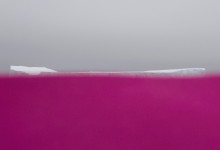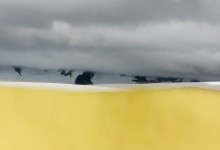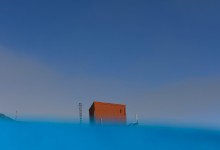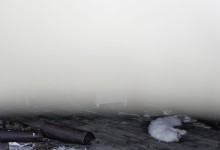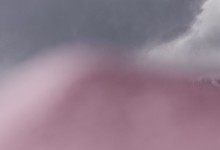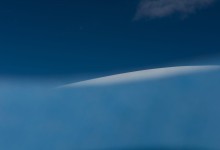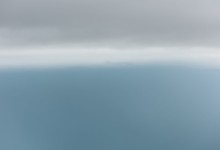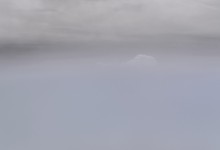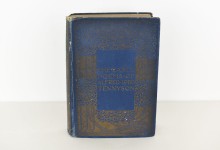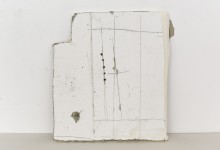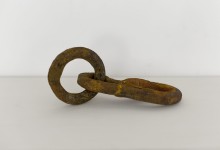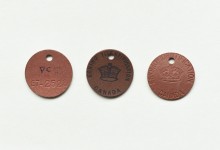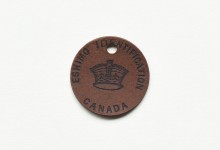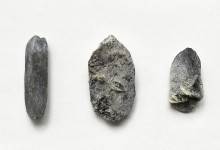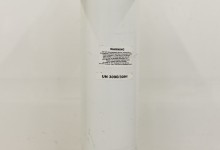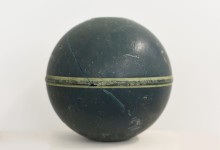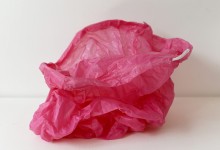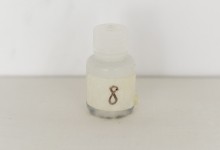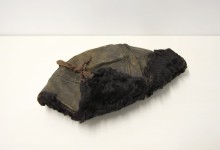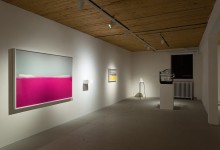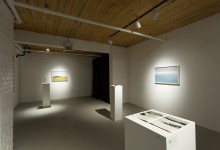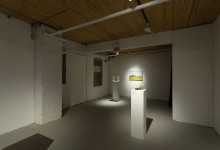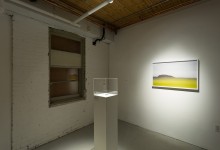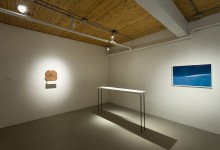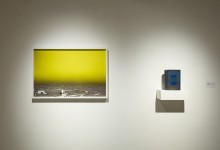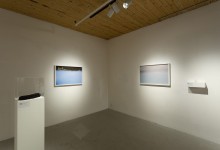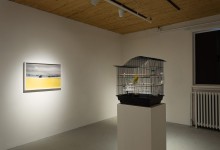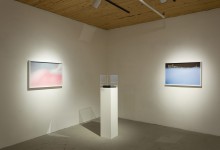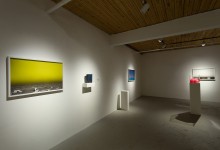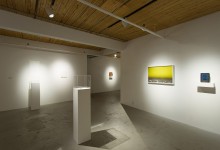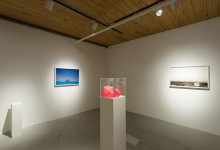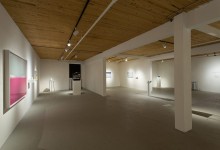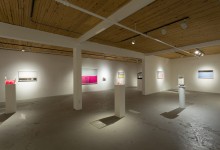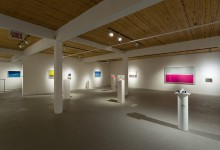Opening reception: Saturday, May 4, 2019 from 3-5 p.m.
Guided tour: Friday, May 31, 2019 at 6 p.m. – 7 p.m.
Jessica Houston: The Call of Things
Text by Marsha Taichman
In her exhibition The Call of Things, Jessica Houston draws attention to discrepancies between nature and culture, as well as science and art, and moves into another realm that isn’t binary at all. Houston examines the North and South Poles by presenting objects found in those places accompanied by audio recordings that involve either sounds from the natural world (like a glacier melting) or narration (first-hand accounts of these places). These objects and sounds have been solicited by Houston, and borrowed from the recorded speakers who sent them to her for the project. The Call of Things becomes a platform for the many people involved, and the work emerges as an interactive collaboration.
The gallery is filled with artifacts and photographs that Houston took during her travels. These relics are animated by the recordings, which endow them with history and context. Viewers can use their phones to go to www.thecallofthings.net and “play” the objects. The works evoke the complex, interwoven events that have shaped the geography of the poles, and relate to the current condition of the environment. The materials from the exhibition will be photographed and made available online, building community across wide expanses.
In 2015, Houston sailed the Northwest Passage. She brought fifty different pieces of coloured felt in her coat pocket, and partially covered the lens of her camera with them one at a time. The results are colorfield photographs that have not been digitally altered. The landscape is partially obscured by bold swatches of dyed fabric, softening the resulting images without taking away from their contents. Houston talks about the influence of Joseph Beuys in this poetic gesture, as well as using felt as a way to merge touch and sight in the picture plane. The photographs are about making images as opposed to taking pictures.
One photograph, entitled Ideas in Things (Antarctic Peninsula), is white and magenta. Running along the seam of the two colours is a tabular iceberg, an archive of ice. This majestic form rests on a Technicolor pink form, a stark contrast in the landscape. Another photograph, When We Come To It (Abandoned RCMP Post), includes a blur of white along the top two-thirds of the composition, like a curtain rising to reveal a dead fox within a bleak interior.
Houston wants to provoke dialog with her work. She is interested in surprising people, and triggering experiences for viewers. The Call of Things is a time-based piece, a durational conversation about places that, to many of us, remain mythological.


